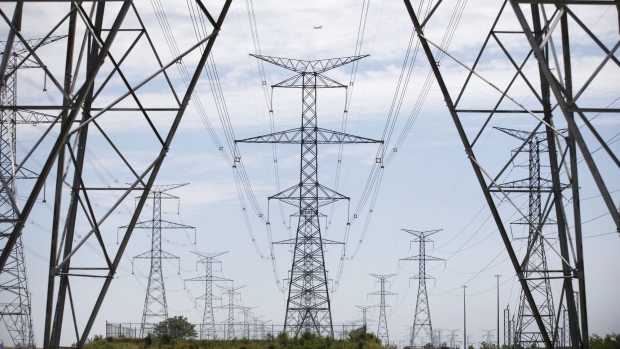Mar 18, 2021
Ontario business hydro subsidy to cost province an estimated $15.2B by 2040
, The Canadian Press

TORONTO -- Subsidizing hydro rates for industrial and large commercial businesses will cost Ontario taxpayers an estimated $15.2 billion by 2040, the province's fiscal watchdog said Thursday.
Financial Accountability Officer Peter Weltman said that is a result of a provincial program announced last fall that would see hydro rates for about 1,400 large business customers cut by 14 per cent.
"The costs are being moved from the ratepayers ... over to the taxpayers," he said. "That is what's happening."
The province said the program was necessary because hydro rates for business customers were too high.
But even with the subsidies, which took effect Jan. 1, large commercial businesses will still be paying amongst the highest hydro rates in the country, the report says, while industrial ratepayers will see prices drop below the Canadian average.
The province also said the program would subsidize the high cost of green energy contracts and lessen the impact they have on business ratepayers.
The FAO report notes the contracts are the result of the Green Energy Act created in 2009 by the previous Liberal government, which secured about 12 per cent of the province's energy supply from solar, wind and bioenergy generation.
The watchdog said the province has more than 33,000 green energy deals and the amount paid to generators under the contracts is significantly higher than the average price of electricity in Ontario.
Weltman noted the contracts - many of which have a 20-year term - were one factor that contributed to the provinces' hydro prices doubling over a decade between 2009 and 2019.
The FAO estimates that the program will cost the province $2.8 billion over the first three years, but the subsidy will gradually decrease as contracts expire over time.
Residential, farm and small business hydro customers will also see their rates reduced under the program, but the FAO said the government will "recover" the cost of those subsidies by lowering a discount already provided through the Ontario Electricity Rebate program.
The president of the Canadian Union of Public Employees - Ontario criticized the government for creating the program, saying the money should be put to better use.
"We're talking about over $15-billion that could -- and should -- be funding a minimum care standard in long-term care, make our schools safe, ensure a supply of PPE for all workers who need them, reduce surgical wait times in hospitals, and so much more," Fred Hahn said in a statement.
He also slammed the government for the "claw back" of the subsidy to small businesses, farm and residential ratepayers.
"This is yet another handout for the very corporations who need it the least," he said.
A spokesman for Energy Minister Greg Rickford said the FAO report confirms the new program will make Ontario more competitive with other North American jurisdictions when it comes to hydro rates.
"Our government is jump-starting economic recovery and stabilizing electricity rates for Ontarians by removing the unnecessary costs of wind, solar, and bioenergy from our electricity system," Alex Puddifant said in a statement.
During the 2018 election campaign, Premier Doug Ford repeatedly attacked the then-Liberal government for enacting polices he said led to hydro price increases.
He promised to slash rates by a further 12 per cent through a variety of measures he said would save the average ratepayer $173 a year.
Last year, just weeks before the COVID-19 pandemic was declared, Ford vowed to keep that promise.
"We're trying to hold the line," he said at the time. "We are going to keep our promise (and) reduce it by 12 per cent."


